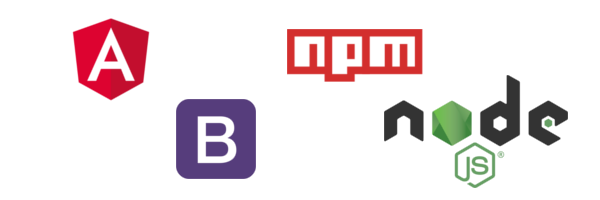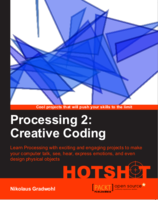Javascript and Typescript link-collection

I have used javascript a lot on the client side as an addition for various backend frameworks but I never used it for full stack development. In the last few monthts I used angular2, node.js and express in some POCs and and smaller pirvate web applications - Here are some of the links I found helpful.
Frontend
I used mainly angular2 and typescript for my frontends. I looked at various other frameworks, but this is what I liked the most.
angular2
I really like the hero tutorial by the angular2 team. https://angular.io/docs/ts/latest/tutorial/
typescript
since angular2 recommends typescript I started learning it - if you have used an object oriented language like java before, you will feel at home very fast. https://www.typescriptlang.org/
a nice tutorial on how to wirte an angular2 component in typescript https://toddmotto.com/creating-your-first-angular-2-component
How to write a tab-bar in angular2 using typescript http://blog.thoughtram.io/angular/2015/04/09/developing-a-tabs-component-in-angular-2.html
react
Angular uses rxjs components like Observable in some components
https://reactcommunity.org/ https://gist.github.com/staltz/868e7e9bc2a7b8c1f754
bootstrap
I used bootstrap 3 to style my frontend. I really like this framework, it surely doesn't solve all your designers need but it helps to get a decent looking frontend fast http://getbootstrap.com/
You can also style file-upload buttons https://www.abeautifulsite.net/whipping-file-inputs-into-shape-with-bootstrap-3
Prism is a nice framework for code highlighting in javascript http://prismjs.com/index.html
read more ...formating xml in vim
i often have to work with xml files that are autogenerated and look very ugly i defined a short keymapping in my .vimrc file that calls xmllint --format - on the current buffer
map xf <ESC>:%!xmllint --format -<CR>
open any xml file and press 'xf' in command mode.
read more ...ascii flower with bee
__
__/ \__
/ \__/ \ ()
\__/ \__/ O//)-
/ \__/ \ ()
\__/ \__/
\__/
|| __
|| / /|
|| / / |
||/ / /
|| / /
||/_/
read more ...Ascii-art robot
() ()
\ /
__\___________/__
/ \
/ ___ ___ \
| / \ / \ |
| | H || H | |
| \___/ \___/ |
| |
| \ / |
| \___________/ |
\ /
\_________________/
_________|__|_______
_| |_
/ | | \
/ | O O O | \
| | | |
| | O O O | |
| | | |
/ | | \
| /| |\ |
\| | | |/
|____________________|
| | | |
|__| |__|
/ __ \ / __ \
OO OO OO OO
read more ...SuperCollider on Linux
Today i have installed supercollider on my ubutu system following this instructions. SuperCollider is a environment and programming language for audio synthesis simliar to chuck. SuperCollider can run on a network and uses OSC events for comunication.
After looking around in the source tree i found a plugin for vim :-)
Installations is a bit quirky (the folders 'ftpplugin', 'syntax' and 'intend' needed to be copied to ~/.vim by hand) but now i can edit my sc code using my vim - veeeery cool :-)
single lines of code can be sent to the server using F6 codeblocks are sent to the server using F5.
s.boot
(
c = { arg f=900;
var x;
x = SinOsc.ar(f);
x * 0.1
}.play;
)
c.set(, 400);
c.set(, 670);
to start te server the first line has to be sent to sclang (using F6). Then the code block starting line 2 is sent to the server (using F5)... tata - a sine wave.
sending the last 2 lines (F6 again) change the frequency of the running synth.
F12 can be used to turn all sounds off.
read more ...



